
British Motor Heritage bodies and components
By Iain Ayre
Photos by Paul Pannack
Classic British sports cars are beloved, but many are also getting long in the tooth and in dire need of attention. The good news is that new panels and shells are being made from the old pressing tools, so the upshot is that you can now build a new Bugeye, MGB, Mini or TR6 from scratch.
So if you want a replica that’s virtually a new car, it’s now possible, in the same way that you can build a new Camaro or Mustang. For ease of registration, it’s wiser to buy a donor to provide the title, and also for obtaining the parts that are not available new. But you can buy many period British parts either new or rebuilt, and at very good prices, too.
The idea of building on a new base to create a restomod retro British sports car is interesting and can result in something fast, reliable, handsome and comfortable, particularly if you involve some American muscle in the design as well.
I have driven a good number of MGBs and TR6s with engine transplants, and they work very well with small-block American V8s. An MGB roadster, or even better, a fastback BGT with a Ford 302 and a T5 gets you two fine cars in one: a long-legged cruiser and also a brutal but predictable monster. The change is purely how hard you push the loud pedal.
The Triumph TR6 is also a pleasing sports tourer with its original straight six, but again, a Ford V8 doesn’t weigh much more than the original engine, sits further back for a better balance, and packs 250 horses instead of 120.
So whether you like replicas or improved restomods, there are many intriguing options provided by the new shells available from British Motor Heritage.
The BMH company was launched in 1975 as part of the parent Rover Co., to remanufacture no-longer-available body parts for the classic British cars that people were going to want to keep going forever.
This move was a shrewd one, because the minimal rust protection and designs that paid no attention to future corrosion means they rust faster than Alfa Romeos, so launching a company to offer replacements for rusty body panels and even whole shells was an excellent idea financially.
The successful plan was to rescue original manufacturing press tools whenever possible and wherever they turned up, and to add new press tooling to fill in the gaps. The company can now make 42 derivatives of the various bodyshells for MG Midgets, Bugeye Sprites, classic Minis, Triumph TR6s and MGBs.
The techniques are basically the same as they were in the 1960s, but with a better understanding of surface corrosion prevention, so the panels last a lot longer than they used to. The designs still promote rust, as they haven’t changed. But ventilating the water traps and sealing rocker cavities can delay the next rebuild by decades.
British Motor Heritage was part of British Leyland, and was thus acquired by BMW, but was sold off by BMW in 2001 and became independent. BMW got their money’s worth by taking the valuable Rover brands — Triumph, Morris, Austin, Wolseley, Riley and so on — but had no interest in classic British cars.
BMH waved BMW goodbye and quietly got on with developing the business of restoration and recreation of old Brit cars. The company now turns over £4,000,000 GBP (about $5,000,000).
If you decide you need a new old MG, Triumph or Mini in your life, the next decision, as to whether you tackle a full resto or use a new shell, is not entirely straightforward. The BMH panels from the original tooling are exactly what the factory made in 1967 or whatever. That means the tooling is at least 50 years old, and there will be variations in its condition and in the panels it stamps out. The accuracy of 1960s British manufacture was not noted for being spot on, and when the cars were on the production line, tweaks were required — thumpings with large bits of wood, fat blokes leaning on doors to get them to shut.
So a car built from a new shell does not simply plop together like Lego: it may well need the attentions of a fat bloke as well. The complete shells from BMH do have the panels all fitted, though, so the fat bloke has already done much of the business.
Heritage also sells all the individual pieces as well, and the other option for originalists is to retain quite a lot of the main structure of an existing car and replace it piece by piece.
It’s certainly true that the new panels marketed by Heritage fit better than the cheaper aftermarket panel options, and the premium may be worth paying. It depends whether you enjoy welding, fettling and hammering bodywork as a hobby. They also use the same fresh steel that the major car companies buy, so you’re not getting melted-down Russian tractors.
In Great British Pound sterling, building with a new shell tends to cost about £10,000, while a restored shell would ballpark at about £12,000, assuming that nothing unusually horrible is revealed during the stripdown. Those proportions apply in dollars, zlotys, whatever.
Having sorted out the shell and panels for the bodywork on a new-Brit project, how about the other 70 percent of the car? There are literally thousands of pieces in any car, many of which are simply not available new, and it makes enormous sense to buy them wholesale and secondhand for almost nothing in an intact wreck.
A word of caution about registration. In many jurisdictions, it can be a nightmare or just impossible. Europe is run by bureaucrats who don’t like awkward individualists who want to build their own car, rather than just obediently leasing a BMW. In France, forget about it.
In the U.K., it’s possible but discouraged. The car has to pass a brutal and expensive test, usually involving several trailer trips halfway across the country to a few far-flung test centers. The new kit car lookalike laws in the U.S. support rather than attempt to strangle individualist car builders, which is great.
Getting an existing title by buying most of a nasty old MG, Triumph or whatever, can save a great deal of hassle. You are then not building a new car to meet 2017 emissions regs, you’re restoring an old existing car to, say, 1965 regulations. If you look upon laptop 3-D engine mapping as a sport, feel free to indulge yourself, but if you’re old-school, the default fueling system for new old Brits is a pair of SUs and a distributor with points and a condenser.
Either way, you’re upholding the honor of British motoring. And preserving a tradition that deserves to be kept alive and well.

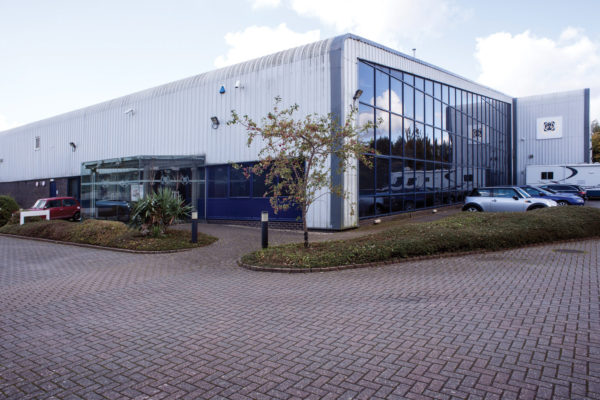
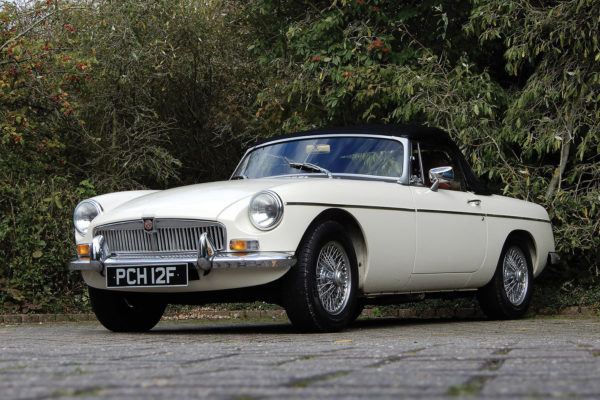
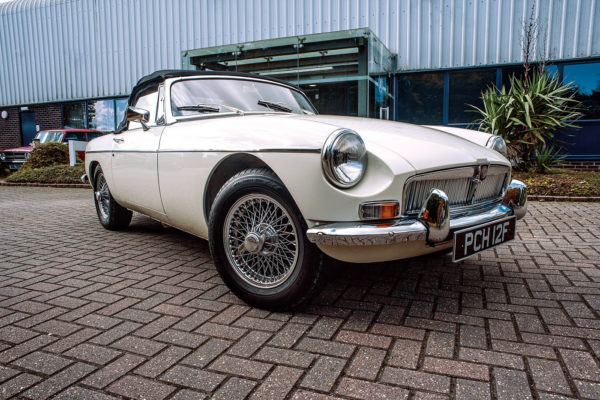
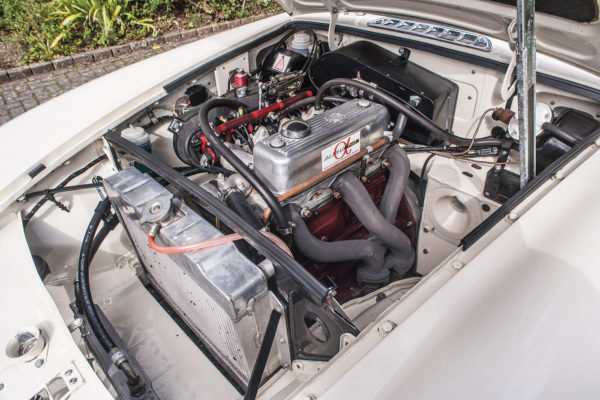
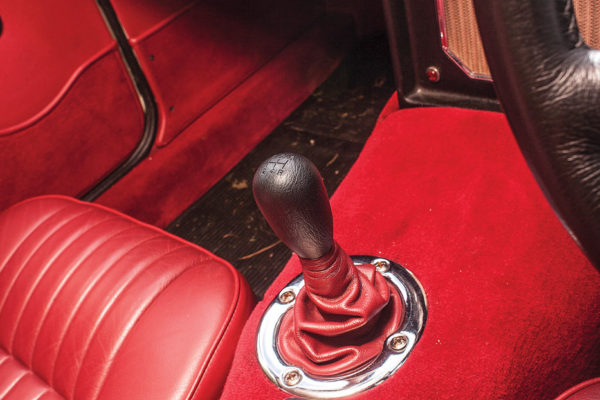
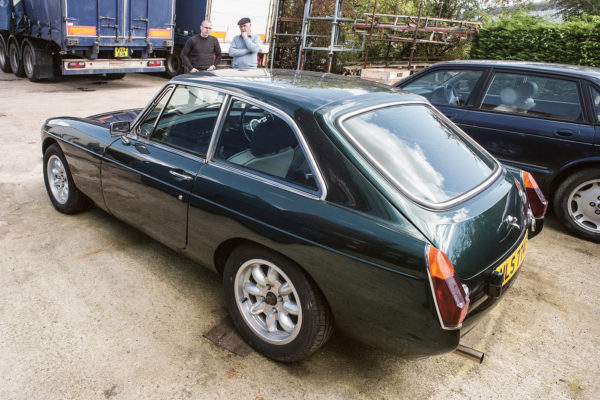
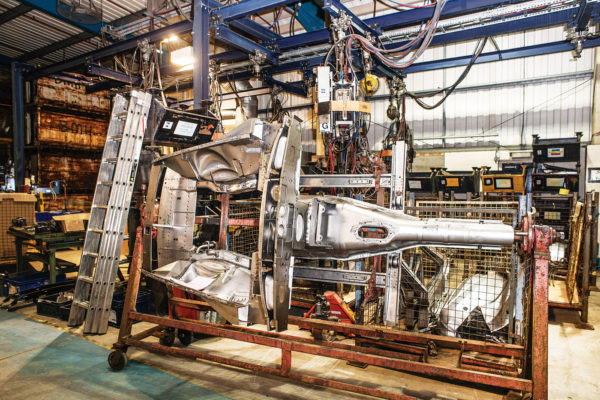
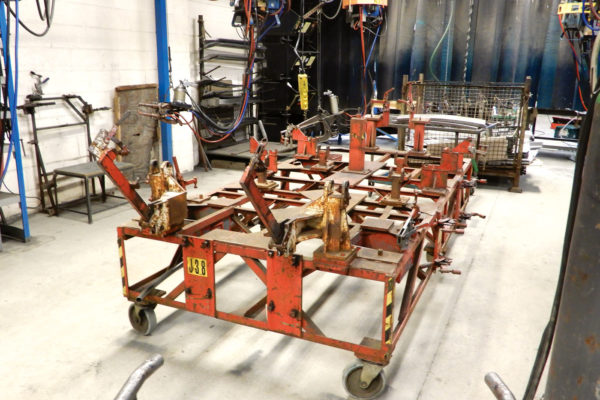
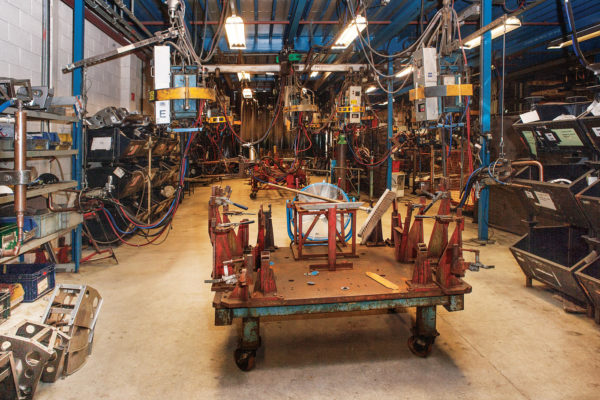
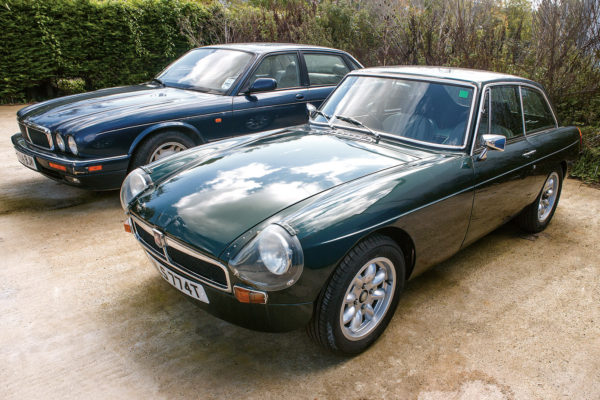
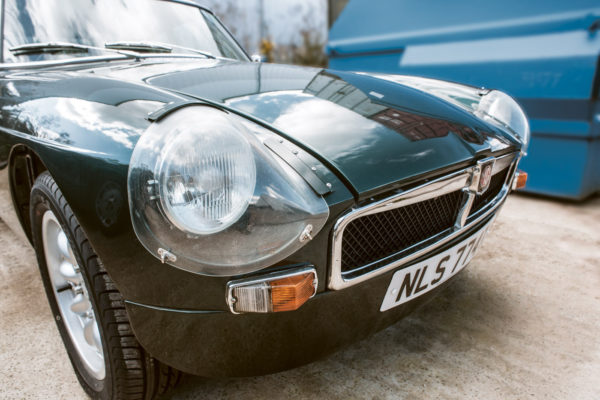
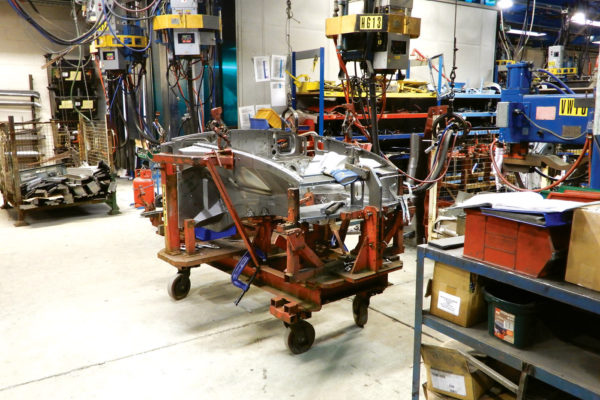
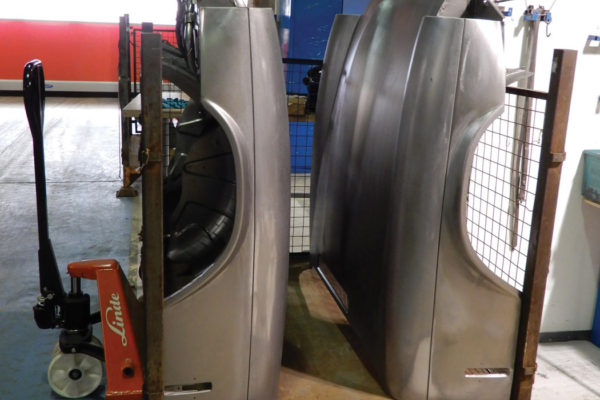
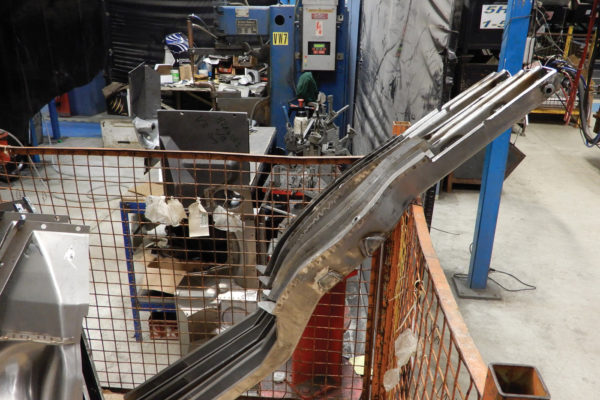
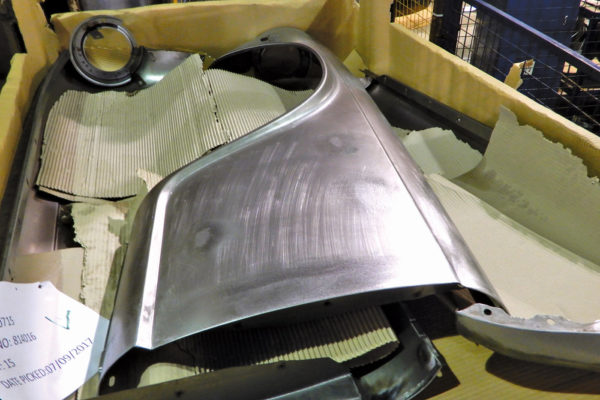
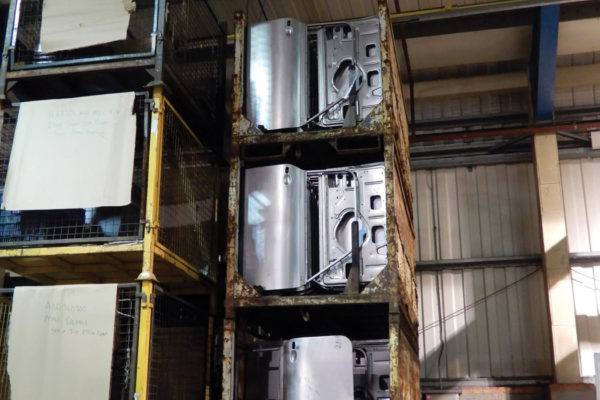
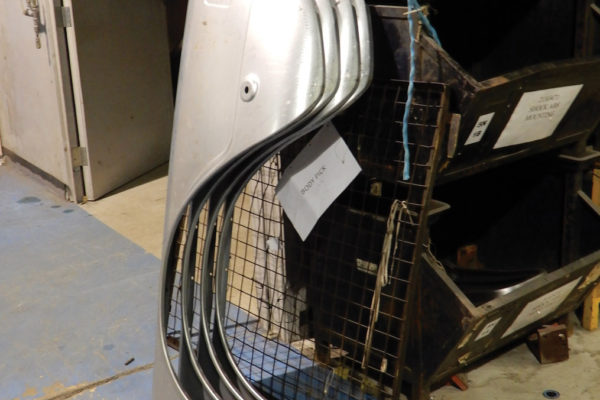
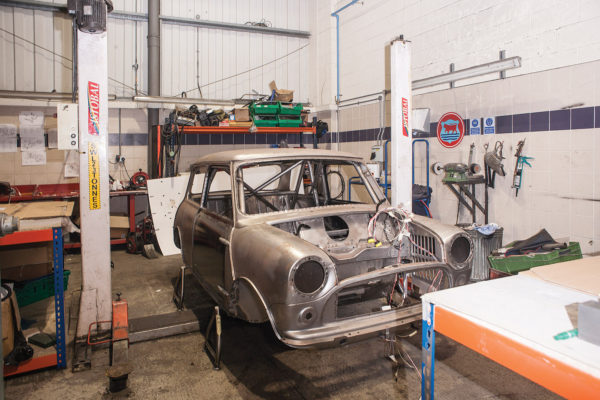
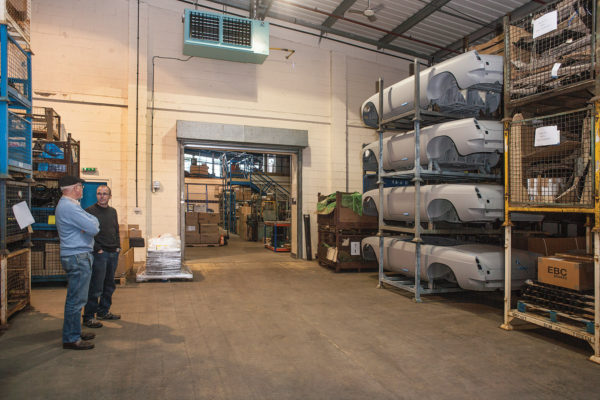
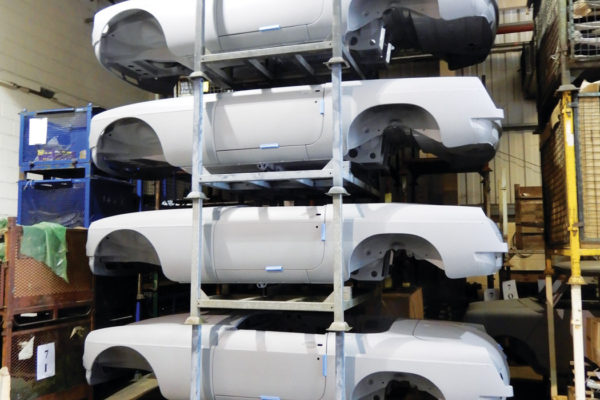
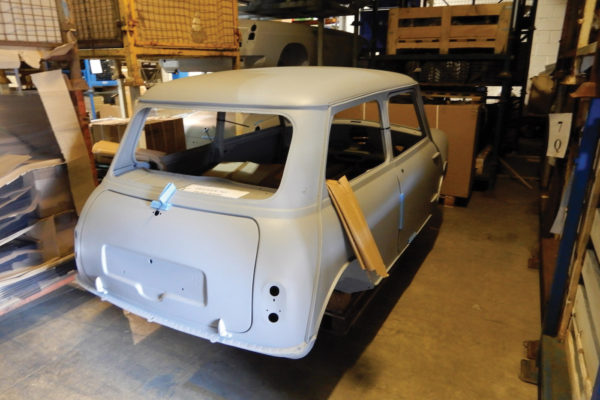
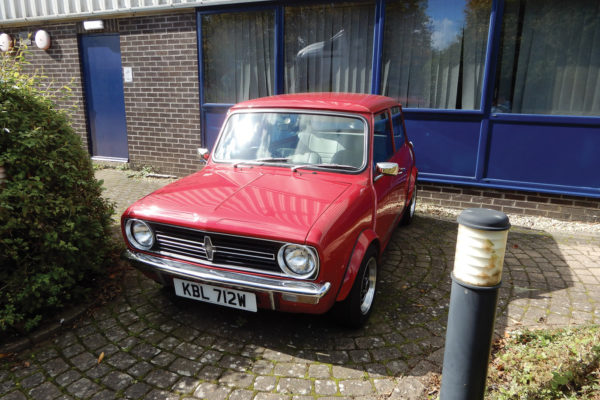
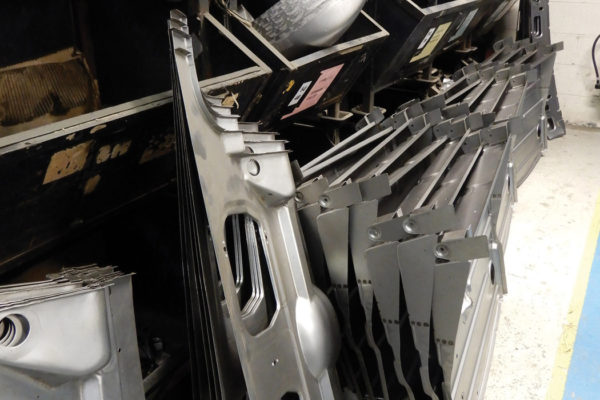
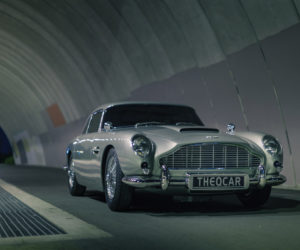
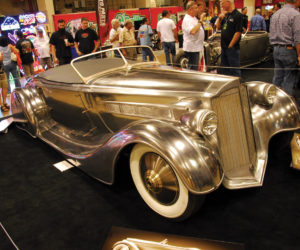
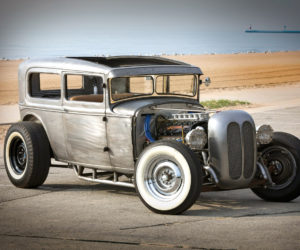
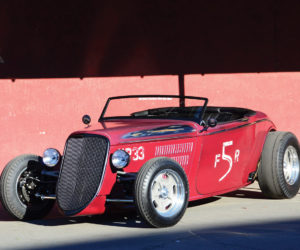
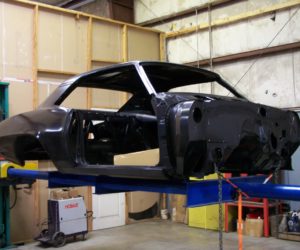
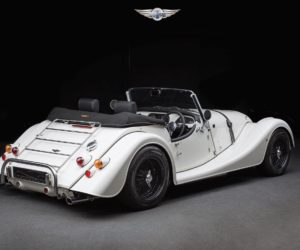




Comments for: The British are Coming
comments powered by Disqus